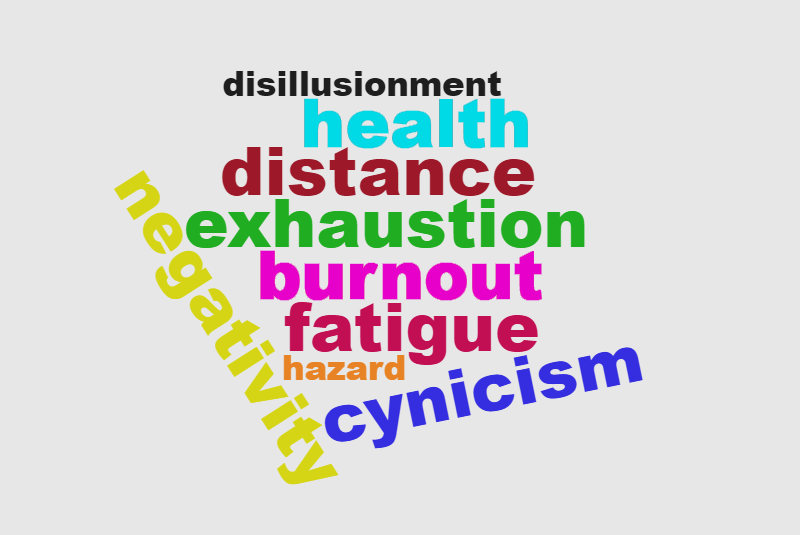
Whether you’re self-employed or an employee, it’s natural from time to time to feel disenfranchised about your career – even if you’re one of those in the trade (and research indicates there are many) who profess to love their job.
But when does that sense of disillusionment become a very real problem? For installers, who often work long and unsociable hours, burnout could be a genuine issue.
The World Health Organization announced recently that burnout has been included in the 11th Revision of the International Classification of Diseases (ICD-11) as an occupational phenomenon (although it is not classified as a medical condition).
It is described under ‘Factors influencing health status or contact with health services’ – which includes reasons for which people contact health services but that are not classed as illnesses or health conditions and is defined as “a syndrome conceptualized as resulting from chronic workplace stress that has not been successfully managed. It is characterized by three dimensions:
*feelings of energy depletion or exhaustion;
*increased mental distance from one’s job, or feelings of negativism or cynicism related to one’s job;
*reduced professional efficacy”
It refers “specifically to phenomena in the occupational context and should not be applied to describe experiences in other areas of life.”
Burnout was previously included in ICD-10 in the same category, but the definition is now more detailed.
On a related note, the Considerate Constructors Scheme has launched a survey to explore worker fatigue in construction, stating: “Worker fatigue is often an overlooked hazard in the construction industry. This is despite the fact that fatigue is a serious health and safety risk in construction; fatigue has the potential to significantly impair physical and cognitive capacities, as well as having a damaging effect on the mental health of our workforce. The inability to respond and react promptly can be highly detrimental across any type of construction activity – leading to errors, near misses, injuries and even death.”
In order to assess how worker fatigue is being addressed, the Considerate Constructors Scheme’s Best Practice Hub is running a survey to gain a real understanding of the extent to which this is a problem and how it is being tackled. The Scheme is inviting everyone working across the entire industry to complete the short survey. It closes on August 9th, and the results will be used to help inform the Scheme’s ‘Spotlight on…worker fatigue’ national campaign, due to be published in the Autumn.
With the industry having made great strides in understanding mental health issues and, crucially, departing from the outdated attitude of ‘manning up’, it’s vital that we take a sympathetic approach to the problems of fatigue and burnout. Failure to do so could have serious ramifications.













